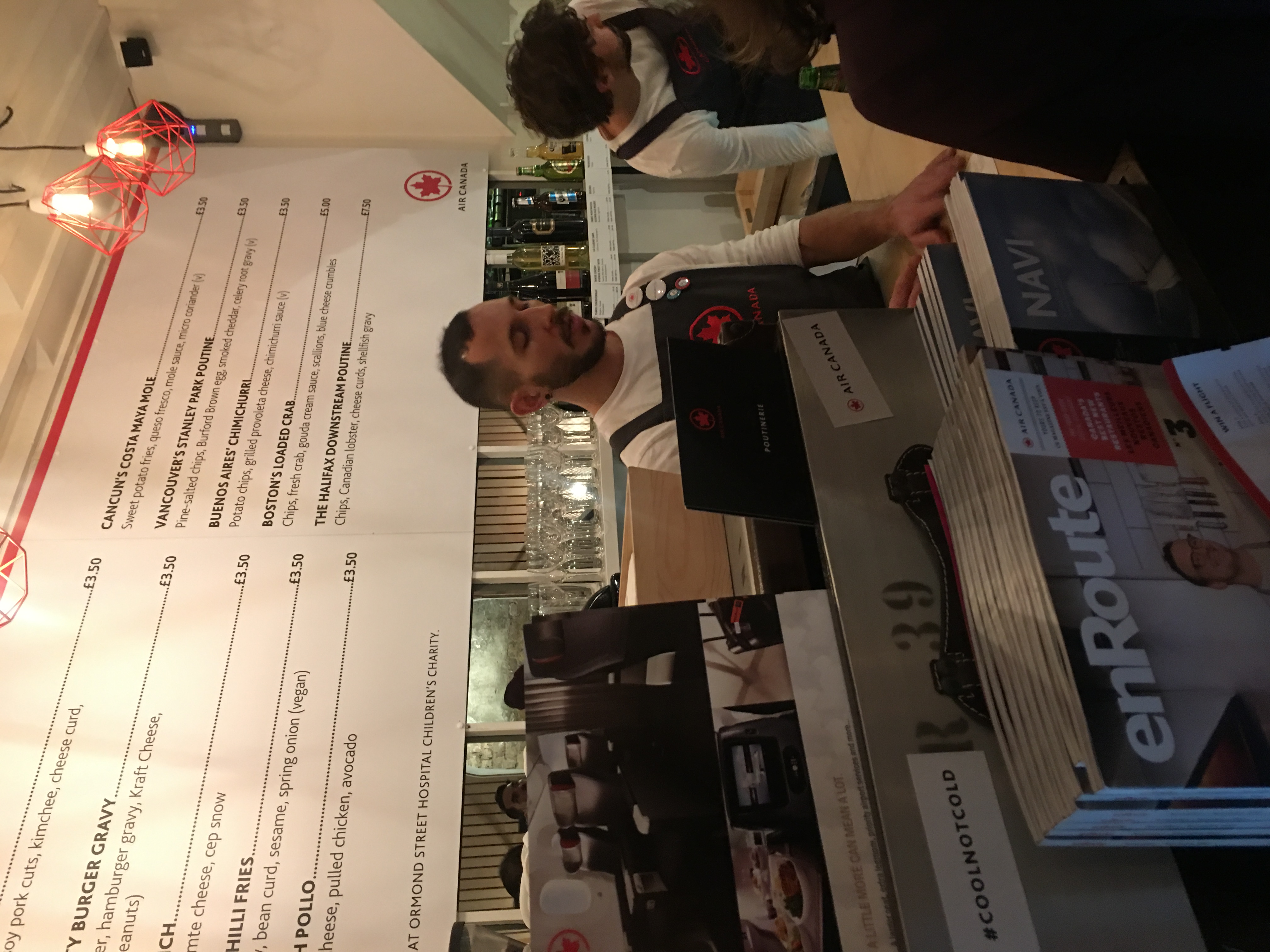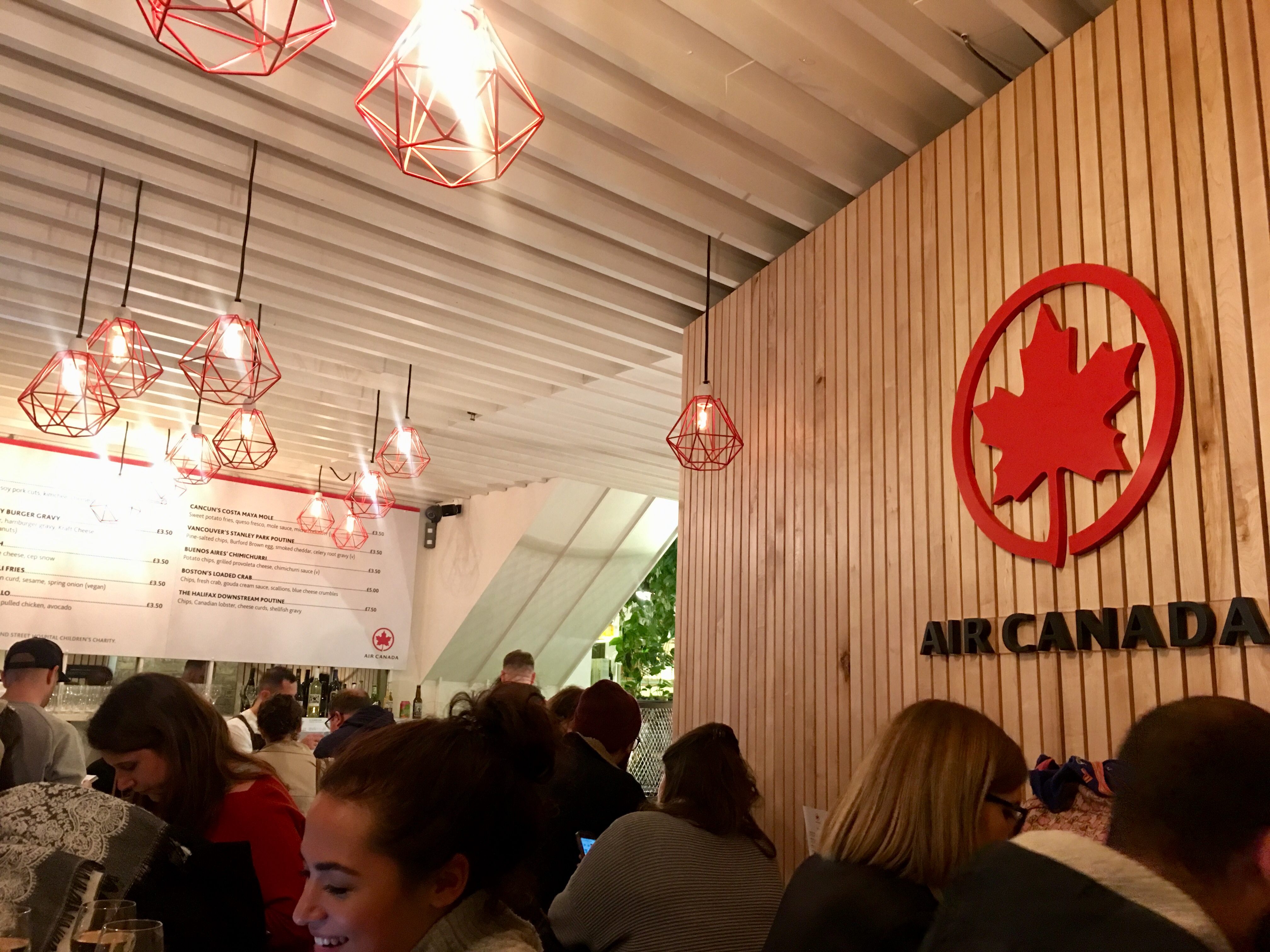Search
When?
-
my friend MIQUELA
12 March 2020 
Hi the MLE,
First, for those who don’t know, Miquela is a CGI virtual influencer.
“I’m a 19-year old musician change seeker taco truck expert.”
One of Time Magazine’s Most Influential People on the Internet 2018. Massive following on Instagram, of course. But what makes her even more bizarre is when she comes to life on YouTube all animated and human-like.
She is the primary product of a company based in LA called “Brud,” with over 40 employees. Of course the company who made her has gone to great lengths to remain hidden… What are they motivations behind creating Miquela? Well, it’s a business, so making money is the main objective. Brud is valued at 125 million dollars.
Like most influencers, she makes a lot of money selling products. Image above has her and Bella Hadid “Getting Surreal” selling Calvin Klein. She also makes a ton of cash promoting various events, like SXSW. Not to mention her music that garners a lot of attention, with hit songs with millions of streams. The list goes on…
Currently Brud has two other characters as well, Bermuda and Blawko, with more in the works. Of course, each addresses a different target market, rather than competing with consumers, together they appeal to a greater consumer base.
Altogether, it’s a brilliant business model, and it is not surprising that it is also extremely lucrative. One of the founders managed the musician Banks before the CGI musician Miquela - I would love to talk to him about his experiences with human vs CGI.
It seems that real influencers and CGI influencers are exactly the same in most ways. They are both carefully crafted into a particular character. They use the same tactics and scripts to make people feel really connected to them. Can you tell which of the below is from a human or from Miquela? And have you not heard influencers say stuff like this a million times already?
“I’m gonna tell you a story that’s super embarrassing and made me sad for a minute, but maybe some of y’all can relate.”
“The fucked up thing is that if sharing it can help someone else whose gone through something similar feel less alone, then it’s worth it.”
However, CGI characters like Miquela have many advantages. They are free from all the cost and hassle of a human celeb. Brud does not have to pay her a salary, they have complete control over her actions, and she can work around the clock. No need to worry about a troubled personal life, any health problems, or getting caught by the press doing something stupid, etc, etc. And, thank God, she will never grow old or get fat (well not unless it's part of the script).
So will CGI celebs replace real celebs in the future? My guess would be yes. In fact, it is already happening right now. A Fullscreen study found that 42% of Gen Z and Millennials have followed an influencer on social media who they did not know what CGI. But is this really that surprising with apps like Facetune making people look like CGI?
Suzan -
ADVERTISING + everyday sexism
27 April 2018 



 Hello MLE,So, your town, Stockholm is poised to ban sexist outdoor advertising… Of course people have a lot of opinions on this sensitive topic - some in favour, some against, some in between.Interestingly, this is not a new idea. A similar initiative in was done Paris a year ago, when the city council voted to ban sexist, or otherwise degrading, adverts and public billboards, following a controversial campaign by YSL (see the third image above). Adverts promoting negative body images were banned across the Transport for London (TfL) network in 2016.Also interestingly, Sweden is worst in the Nordics when it comes to gender images, due to being the only country in the region lacking any legislation against sexism and stereotyping in advertising. This move in Stockholm follows just over ten years of debates that have so far failed to stamp out discrimination in the advertising industry.To me, it seems that advertising self-regulation is not working well enough or fast enough. We need to so something. Just take a look at some recent advertisements above (along with some good Twitter comments underneath). I think Twitter is really important for helping to raise awareness. Recently I called out this sexist ad:This ban in Stockholm will at least have advertisers think about the way women vs men are portrayed in their ads. It has the potential to do a lot of good, and I cannot see it causing any harm.Finally, my last image above is an Electrolux ad from Sweden in 2013. It is the first time I have seen an ad for a cleaning product that does not feature the mum anywhere. With a bit of pressure, there is hope!SuzanPosted in: advertising
Hello MLE,So, your town, Stockholm is poised to ban sexist outdoor advertising… Of course people have a lot of opinions on this sensitive topic - some in favour, some against, some in between.Interestingly, this is not a new idea. A similar initiative in was done Paris a year ago, when the city council voted to ban sexist, or otherwise degrading, adverts and public billboards, following a controversial campaign by YSL (see the third image above). Adverts promoting negative body images were banned across the Transport for London (TfL) network in 2016.Also interestingly, Sweden is worst in the Nordics when it comes to gender images, due to being the only country in the region lacking any legislation against sexism and stereotyping in advertising. This move in Stockholm follows just over ten years of debates that have so far failed to stamp out discrimination in the advertising industry.To me, it seems that advertising self-regulation is not working well enough or fast enough. We need to so something. Just take a look at some recent advertisements above (along with some good Twitter comments underneath). I think Twitter is really important for helping to raise awareness. Recently I called out this sexist ad:This ban in Stockholm will at least have advertisers think about the way women vs men are portrayed in their ads. It has the potential to do a lot of good, and I cannot see it causing any harm.Finally, my last image above is an Electrolux ad from Sweden in 2013. It is the first time I have seen an ad for a cleaning product that does not feature the mum anywhere. With a bit of pressure, there is hope!SuzanPosted in: advertising -
Air Canada Advertising
3 November 2017 



Hi MLE,
I love the lengths that corporations must go to these days to sell, sell, sell.
The brief:
Sell more Air Canada flight tickets to young Londoners.
The solution:
Go to where the young people are, Shoreditch (of course) and give them what they want: a "popup" (of course), with "craft beer" (of course) and Canadian food, “poutine” (of course).
So here I am, jammed in the corner of this tiny room full of people eating and Air Canada branding. Next to me some poor kid is answering a survey via iPad. “Would I recommend this pop up to my friends? Yeah sure. Did I know that Air Canada flew to Singapore? Hmm, nope...” and on and on.
No one working here had ever been to Canada, but they were all aware that they were not actually selling “poutine” - as every Canadian, including myself, had informed them. Eg: "Boston’s Loaded Crab: Chips, fresh crab, gouda cream sauce, scallions, blue cheese crumbles" What is that?
Well, my chips and sauce is all done and all that remains in the box is a little flag to remind me to hashtag all my Instagram pics to “#coolnotcold to win a free Air Canada flight. Better go, someone is asking for my seat.
I leave, feeling a bit smug and rather happy that I do not work in advertising like this anymore!
SuzanPosted in: advertising